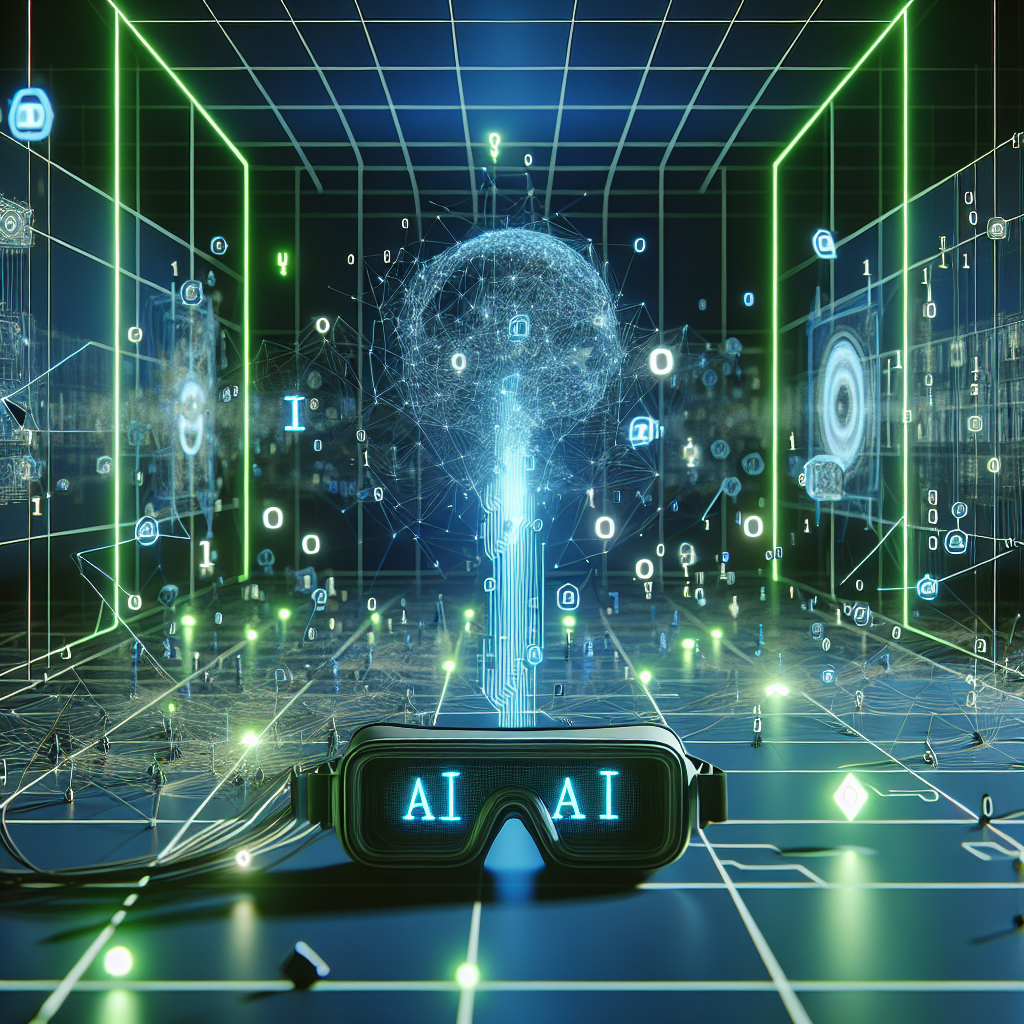The Intersection of AI Software and Virtual Reality
Artificial Intelligence (AI) and Virtual Reality (VR) are two of the most cutting-edge technologies of our time. AI software is revolutionizing industries by automating tasks, analyzing data, and making decisions. Virtual reality, on the other hand, is transforming the way we interact with digital environments and creating immersive experiences. When these two technologies intersect, the possibilities are endless.
AI software and VR have the potential to complement each other in a variety of ways. AI can enhance the realism of virtual environments by creating dynamic, intelligent agents that respond to user input. These agents can learn from user interactions and adapt their behavior over time, making virtual experiences more engaging and realistic. AI can also be used to generate content for VR environments, such as realistic characters, objects, and environments, saving developers time and resources.
Conversely, VR can provide a unique platform for testing and training AI algorithms. By creating virtual environments that simulate real-world scenarios, researchers can collect large amounts of data to train AI models more efficiently. VR can also be used to visualize complex data sets in a way that is intuitive and interactive, allowing users to explore and analyze information in new ways.
One of the most exciting applications of AI software in VR is in the field of healthcare. Researchers are exploring how AI-powered virtual environments can be used for therapy and rehabilitation. For example, VR simulations can help patients with phobias overcome their fears in a safe and controlled environment. AI algorithms can analyze the patient’s responses in real-time and adjust the simulation to provide the most effective treatment.
In the field of education, AI software and VR are being used to create personalized learning experiences for students. Virtual tutors powered by AI can adapt to each student’s learning style and pace, providing individualized instruction and feedback. Students can also explore virtual worlds to learn about history, science, and other subjects in a hands-on, immersive way.
In the entertainment industry, AI software is being used to create more realistic and engaging virtual experiences. AI-powered characters can interact with users in a more natural and lifelike way, enhancing the sense of presence and immersion. Virtual reality games are also incorporating AI algorithms to create dynamic and challenging gameplay experiences that adapt to the player’s skills and preferences.
As AI software and VR continue to evolve, we can expect to see even more innovative applications of these technologies. From virtual shopping experiences to virtual meetings and conferences, the possibilities are endless. The intersection of AI software and VR has the potential to transform how we work, play, and interact with the world around us.
FAQs
Q: What is the difference between AI software and VR?
A: AI software refers to algorithms and programs that can analyze data, make decisions, and learn from experience. Virtual reality, on the other hand, is a technology that creates immersive, interactive environments that users can explore and interact with.
Q: How can AI software enhance VR experiences?
A: AI software can enhance VR experiences by creating intelligent agents that respond to user input, generating realistic content, and personalizing the experience for each user.
Q: What are some of the applications of AI software and VR?
A: AI software and VR are being used in healthcare for therapy and rehabilitation, in education for personalized learning experiences, and in entertainment for creating more engaging virtual experiences.
Q: What are some challenges of integrating AI software and VR?
A: Some challenges of integrating AI software and VR include ensuring compatibility between the two technologies, managing large amounts of data, and ensuring the privacy and security of user information.
Q: What does the future hold for AI software and VR?
A: The future of AI software and VR is bright, with new applications and innovations emerging every day. We can expect to see even more exciting developments in the coming years as these technologies continue to evolve and intersect.

